A clamp meter, also known as a clamp-on ammeter or tong tester, is an electrical test tool that combines a current sensor and a digital multimeter. It is designed to measure electrical current flowing through a conductor without the need to disconnect the conductor physically. The clamp meter has a hinged "clamp" jaw that can be opened and placed around a conductor to measure current.
Key Features of a Clamp Meter
The hinged clamp jaw allows the meter to be easily clamped around a conductor, measuring the magnetic field created by the flow of electrical current. The current measurement display's primary function is to measure electrical current in a circuit. It can measure both AC (alternating current) and DC (direct current) with various ranges. One of the main advantages of the clamp voltage meter is its non-invasive nature. Users can measure current without interrupting the circuit or disconnecting wires. In addition to current measurement, many clamp meters include standard multimeter functions, such as voltage measurement, resistance measurement, and continuity testing. The fluke clamp meter typically has a digital display that shows the measured values. Some advanced models may have additional features like backlighting and data hold.
Many amp clamp meters are auto-ranging, meaning they automatically select the appropriate range for the measured parameter, making them user-friendly. Built-in safety features may include overload protection, insulation testing, and features to ensure safe use in electrical environments. Clamp meters are usually powered by batteries, making them portable and suitable for fieldwork. It is widely used by electricians, technicians, and engineers for troubleshooting, maintenance, and installation of electrical systems.
How To Use a Clamp Meter
Using a clamp meter involves safely and accurately measuring electrical current without the need to touch or interrupt the circuit physically. First, ensure the clamp meter is in good working condition and the batteries are sufficiently charged. Put on appropriate personal protective equipment, such as insulated gloves and safety glasses, especially if one is working with live circuits. If the clamp on amp meter has manual range selection, set it to the appropriate range for the expected current measurement. If it's auto-ranging, this step may not be necessary. Some clamp meters have a zeroing function to eliminate any residual magnetic field. Then, open the clamp jaw by squeezing the trigger. The jaw should be fully open before clamping it around the conductor.
Place the opened clamp jaw around the conductor whose current is to be measured. Ensure that the conductor passes through the center of the jaw to get an accurate reading. Afterward, close the clamp jaw securely around the conductor. Some clamp meters have audible or visual indicators to confirm that the jaw is properly closed. Then, check the digital display on the clamp on meter to read the measured current. Ensure the appropriate unit is being read (amps) and that the display is stable. If measuring current in both AC and DC circuits, make sure the clamp meter is set to the correct mode. However, some clamp meters automatically detect the type of current. Take note of the measured current for records or troubleshooting purposes. Then, release the clamp jaw from the conductor once the measurement is complete. Finally, once done using, turn off the clamp meter to conserve battery life.
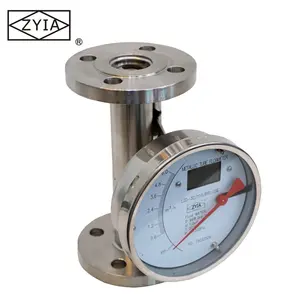
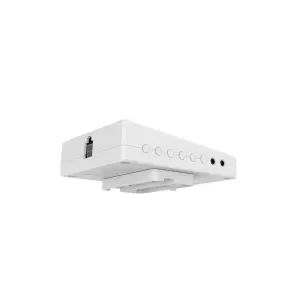







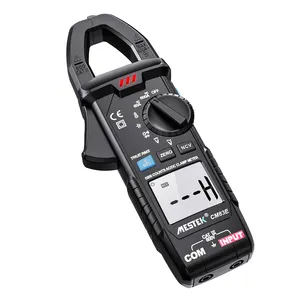







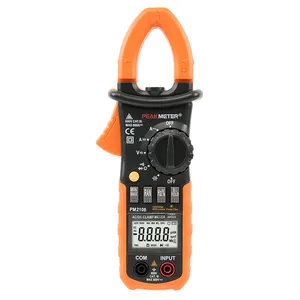

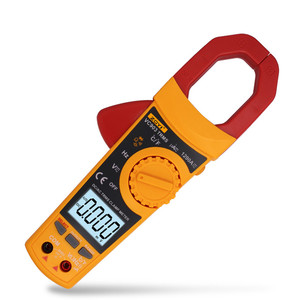



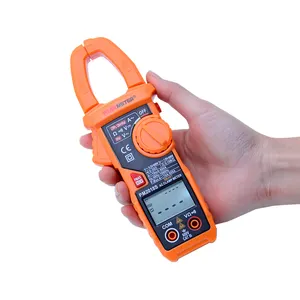
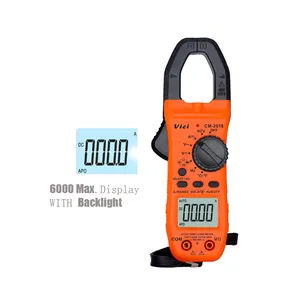
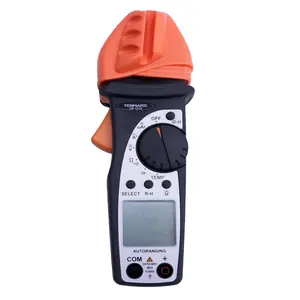

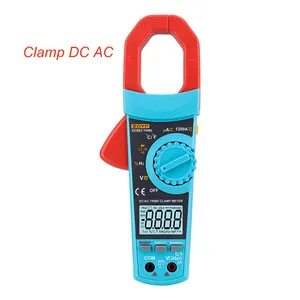


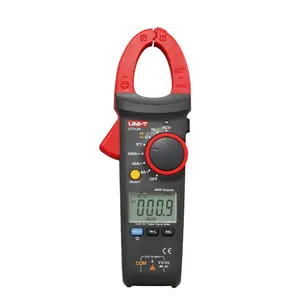
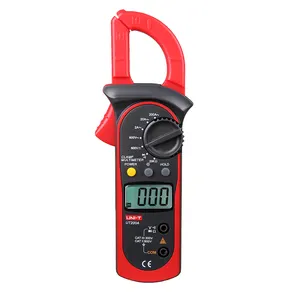


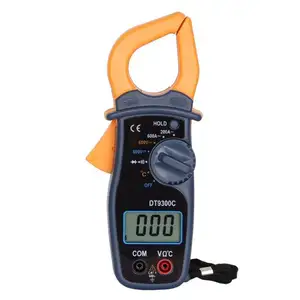




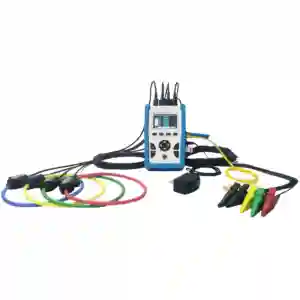




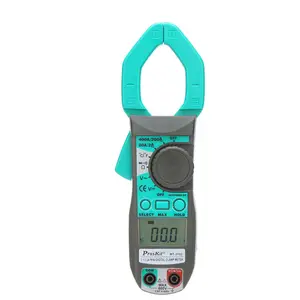


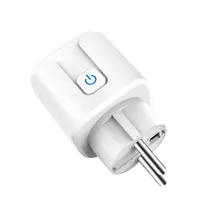
























 浙公网安备 33010002000092号
浙公网安备 33010002000092号 浙B2-20120091-4
浙B2-20120091-4